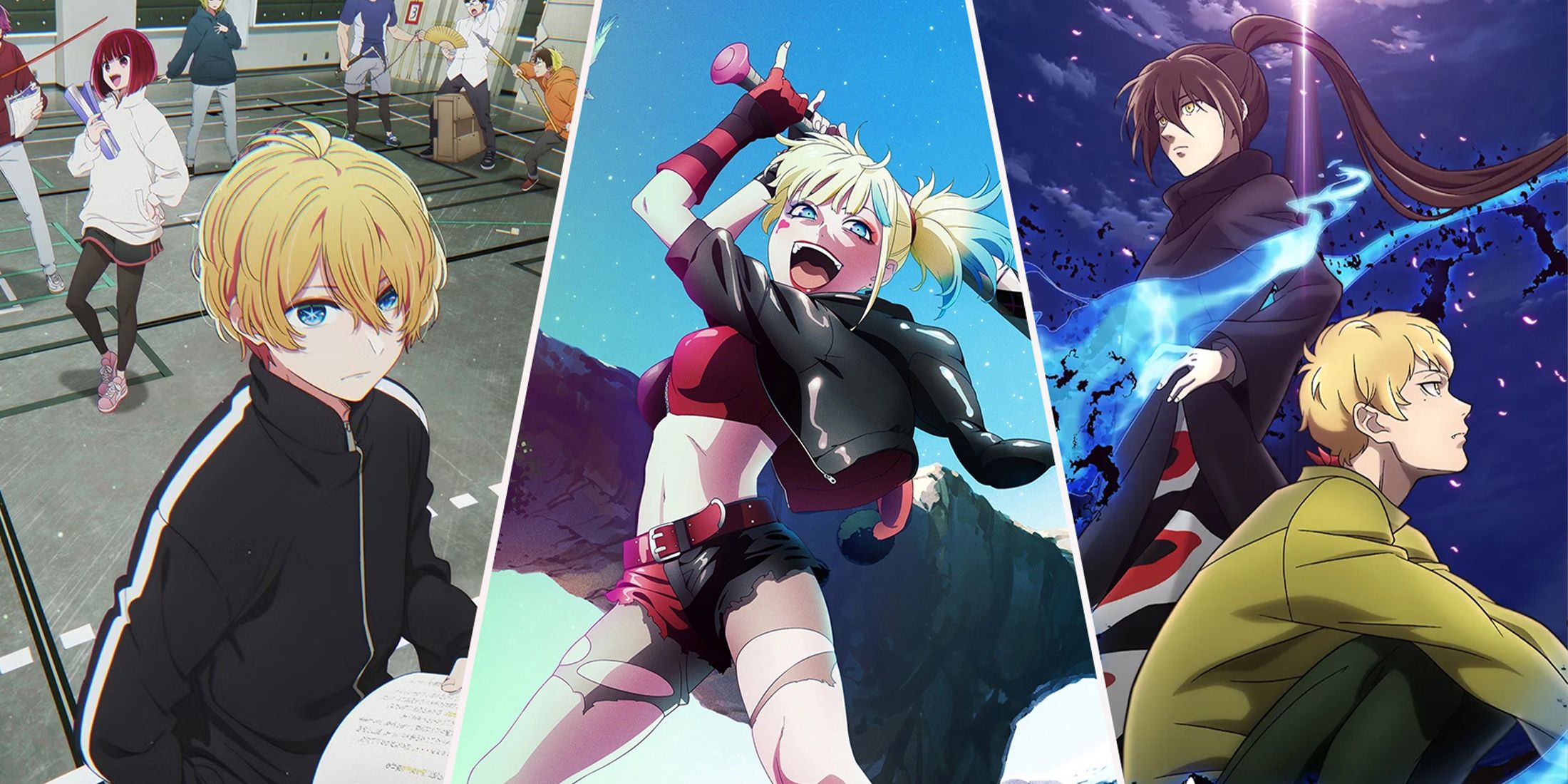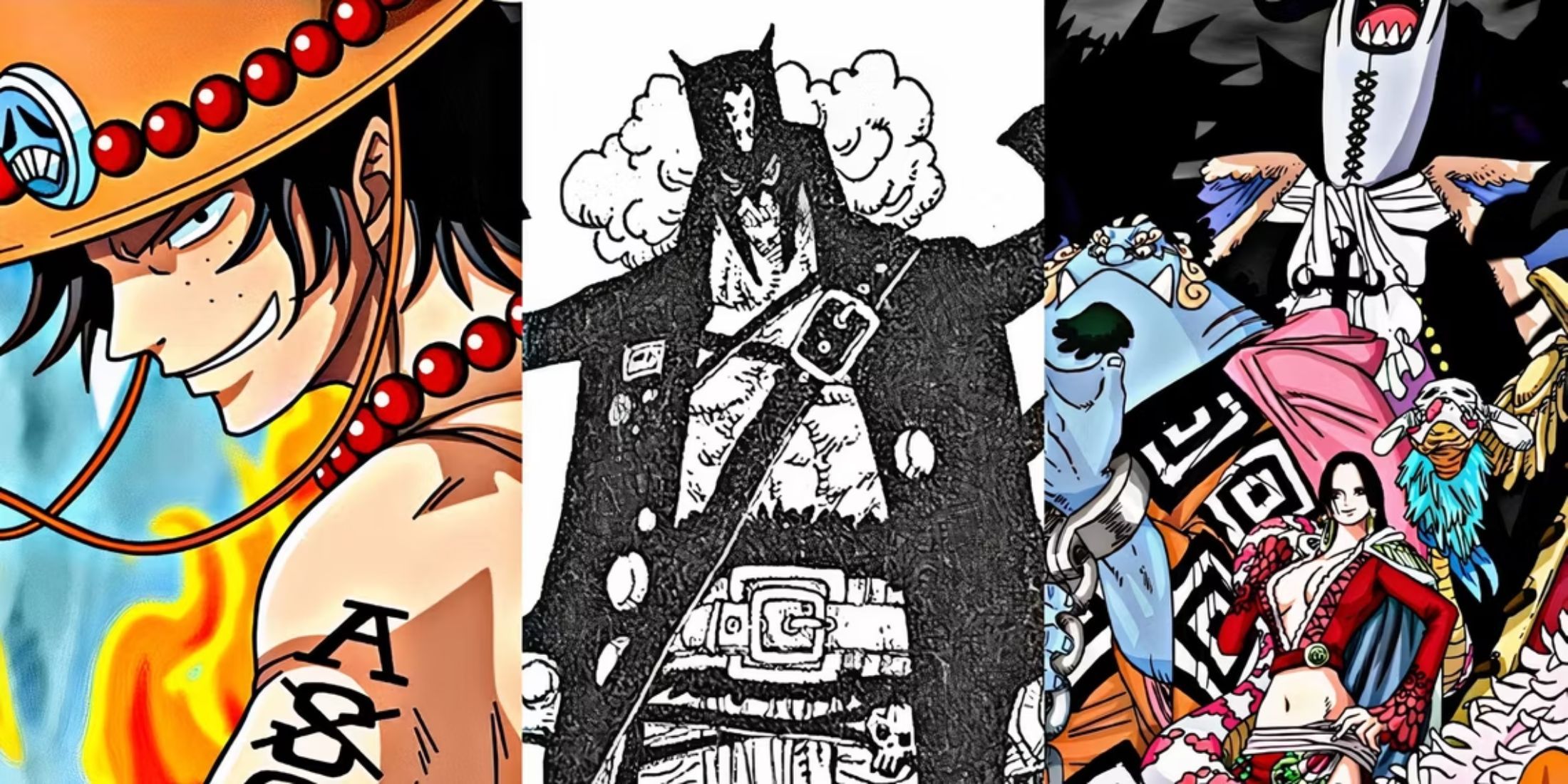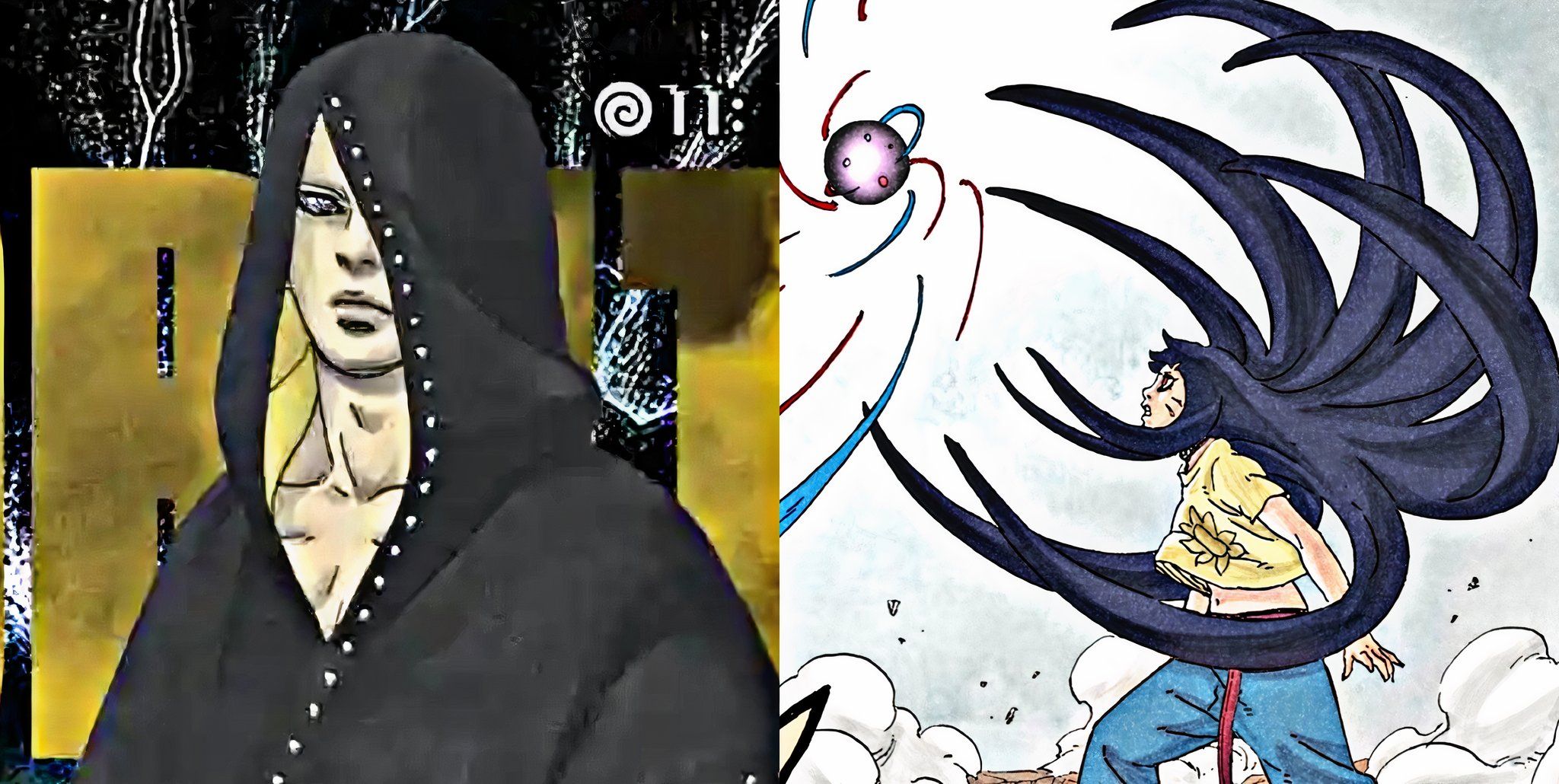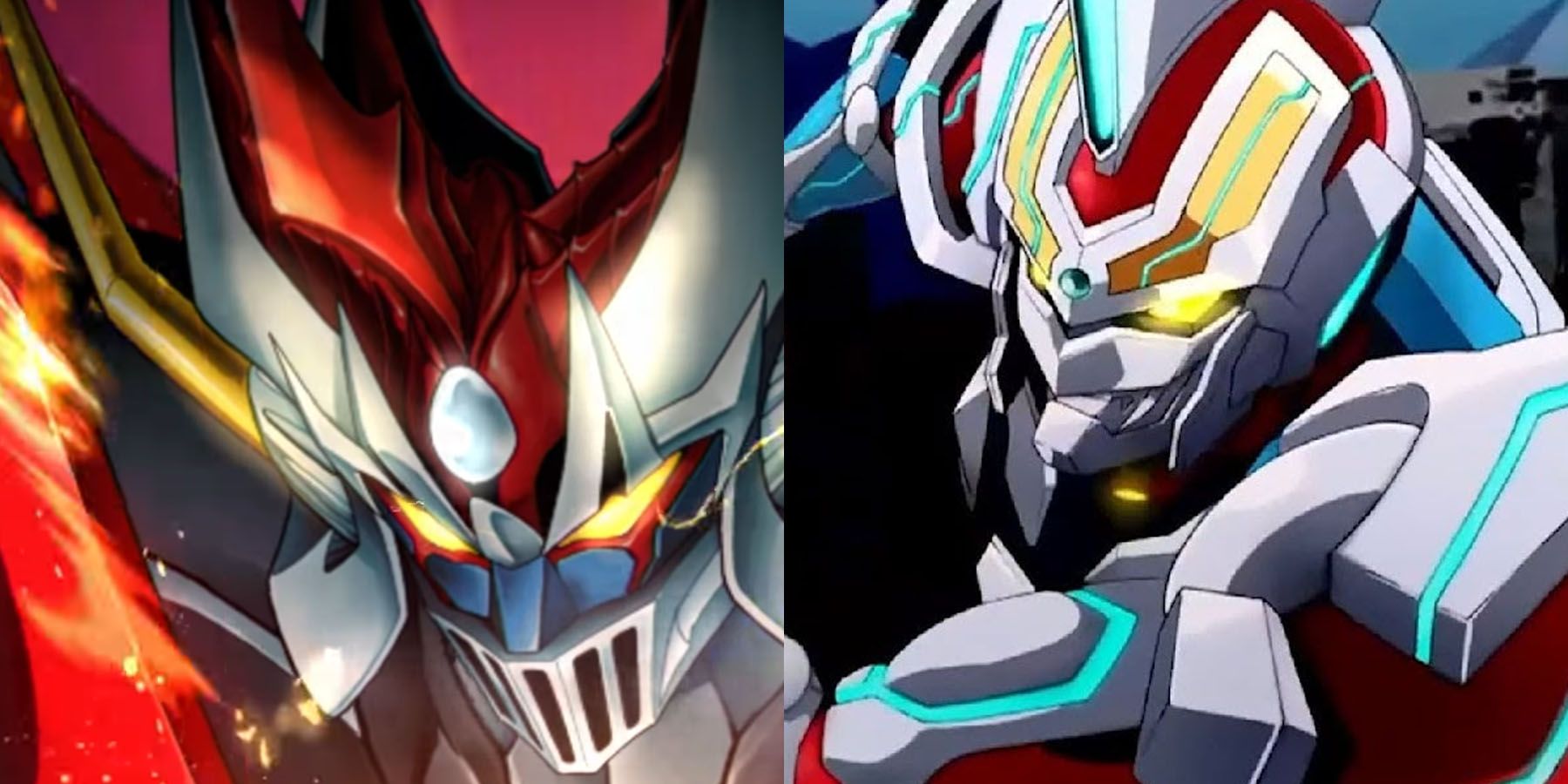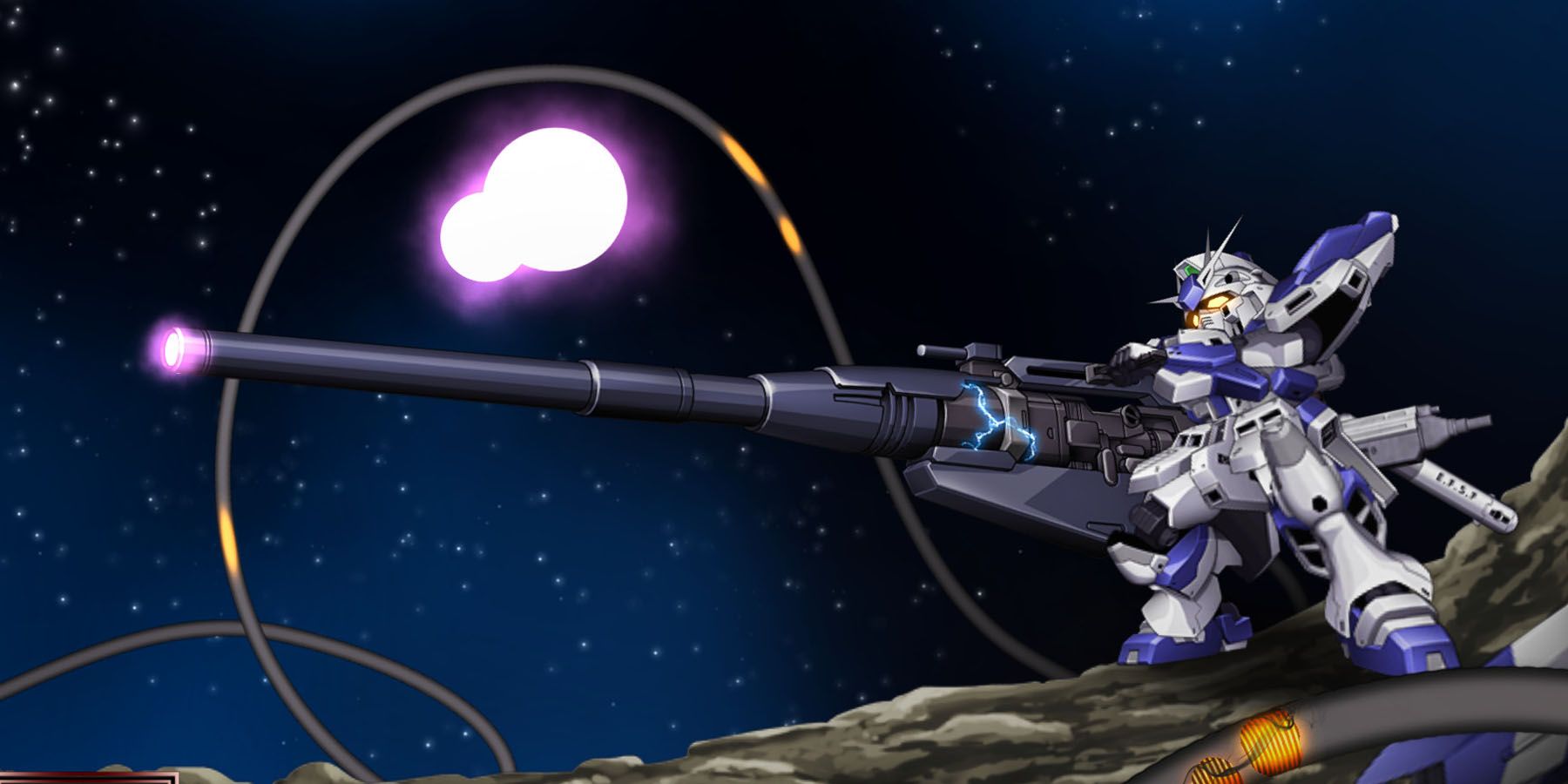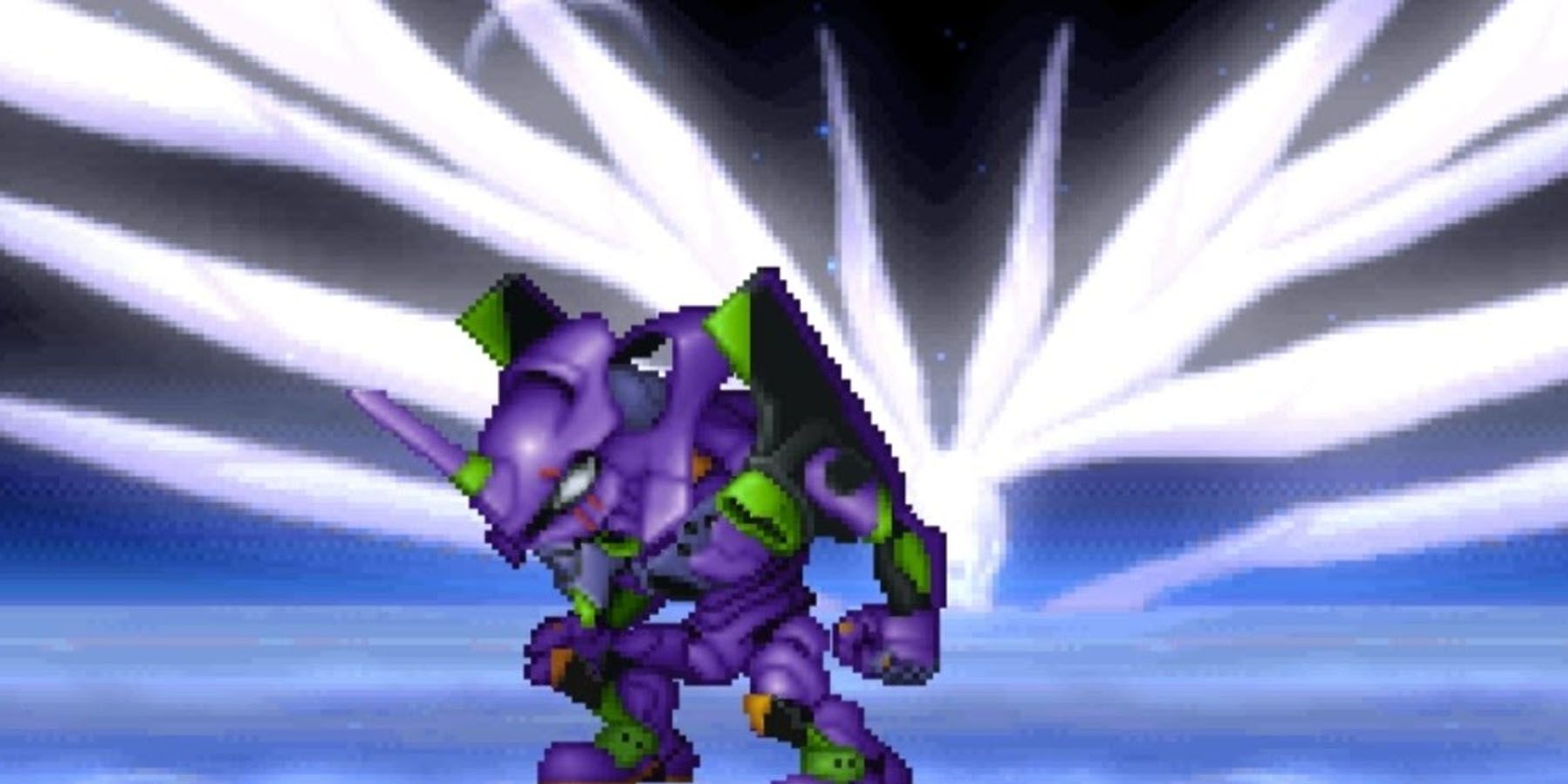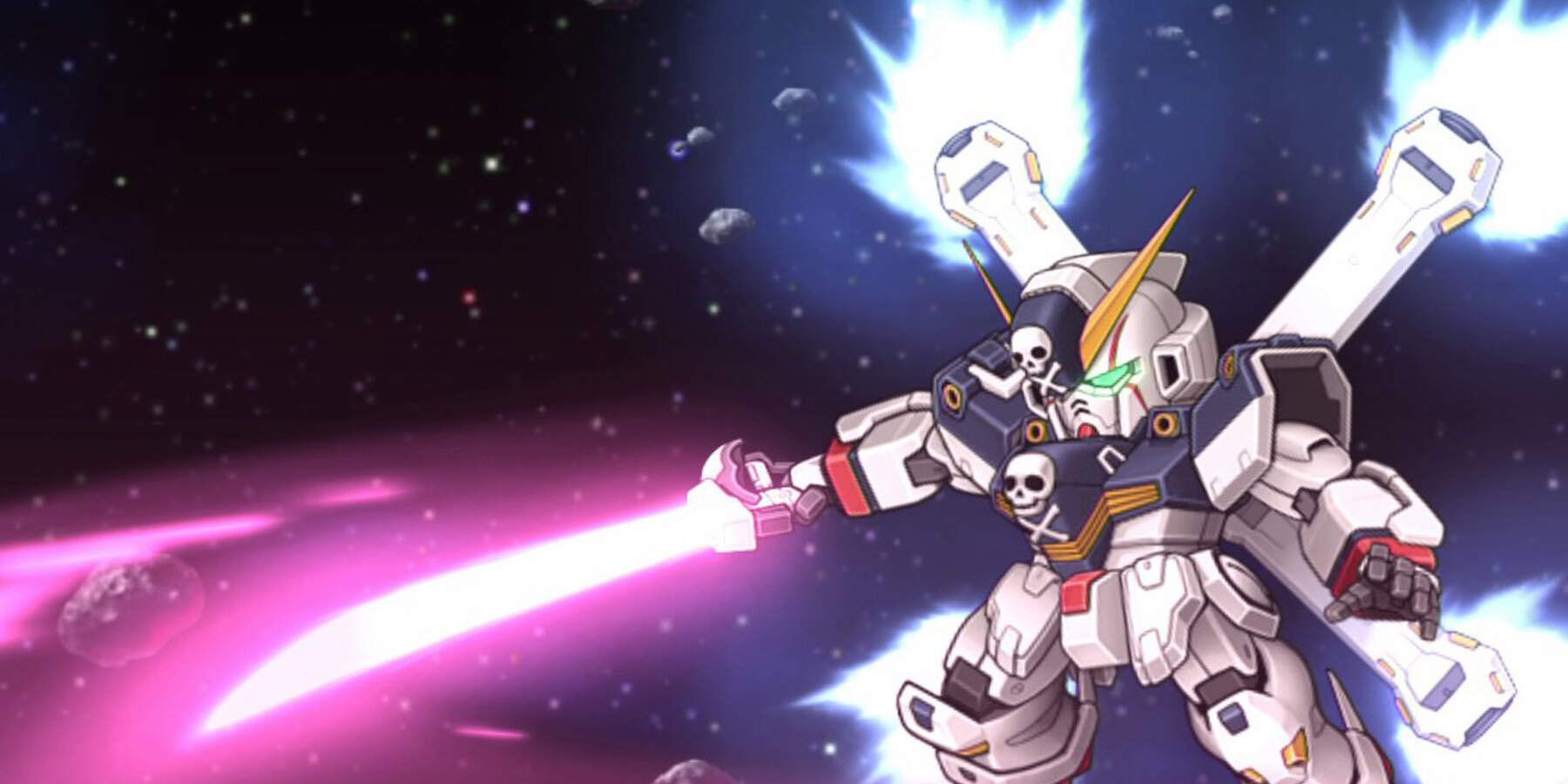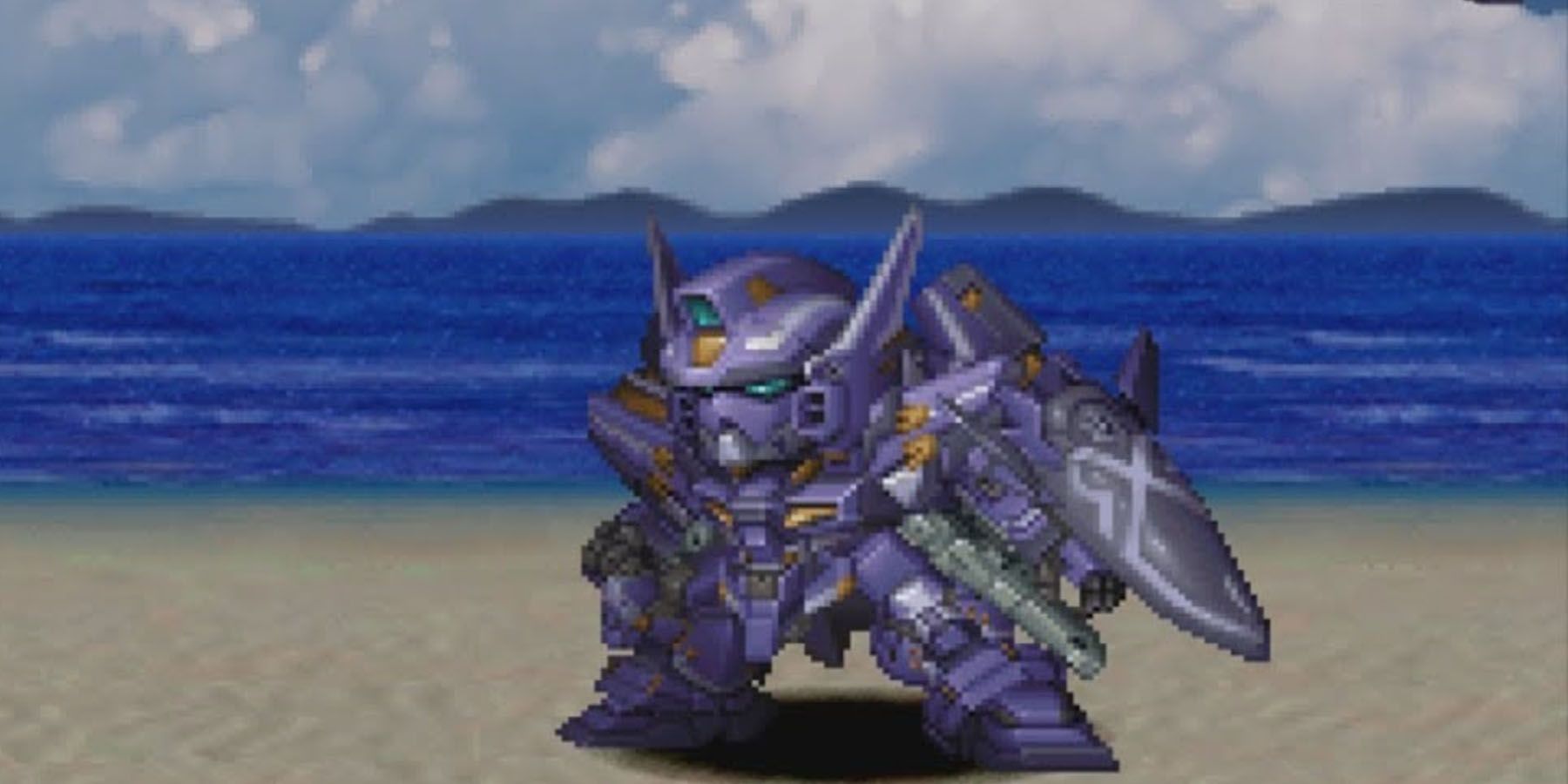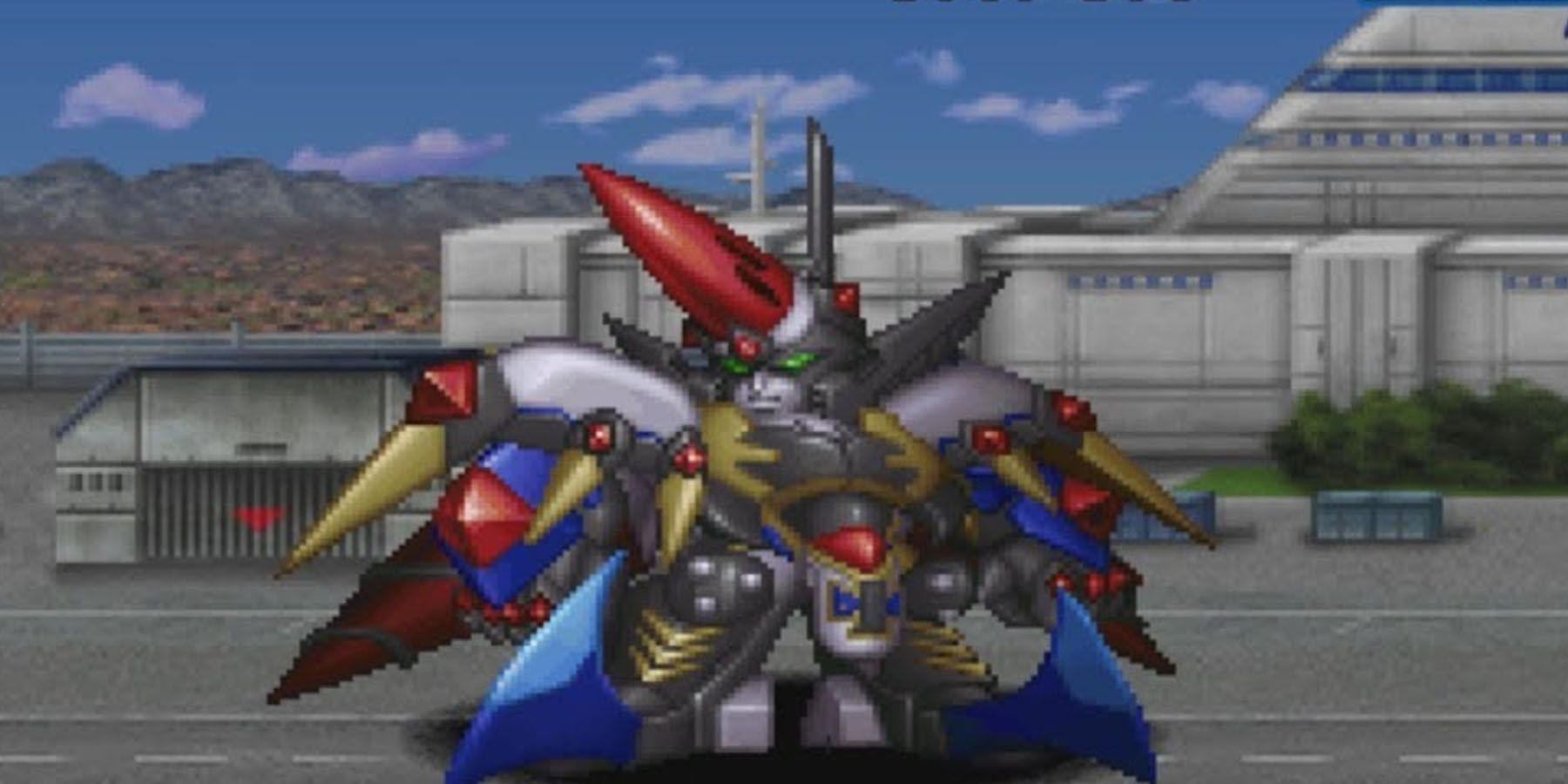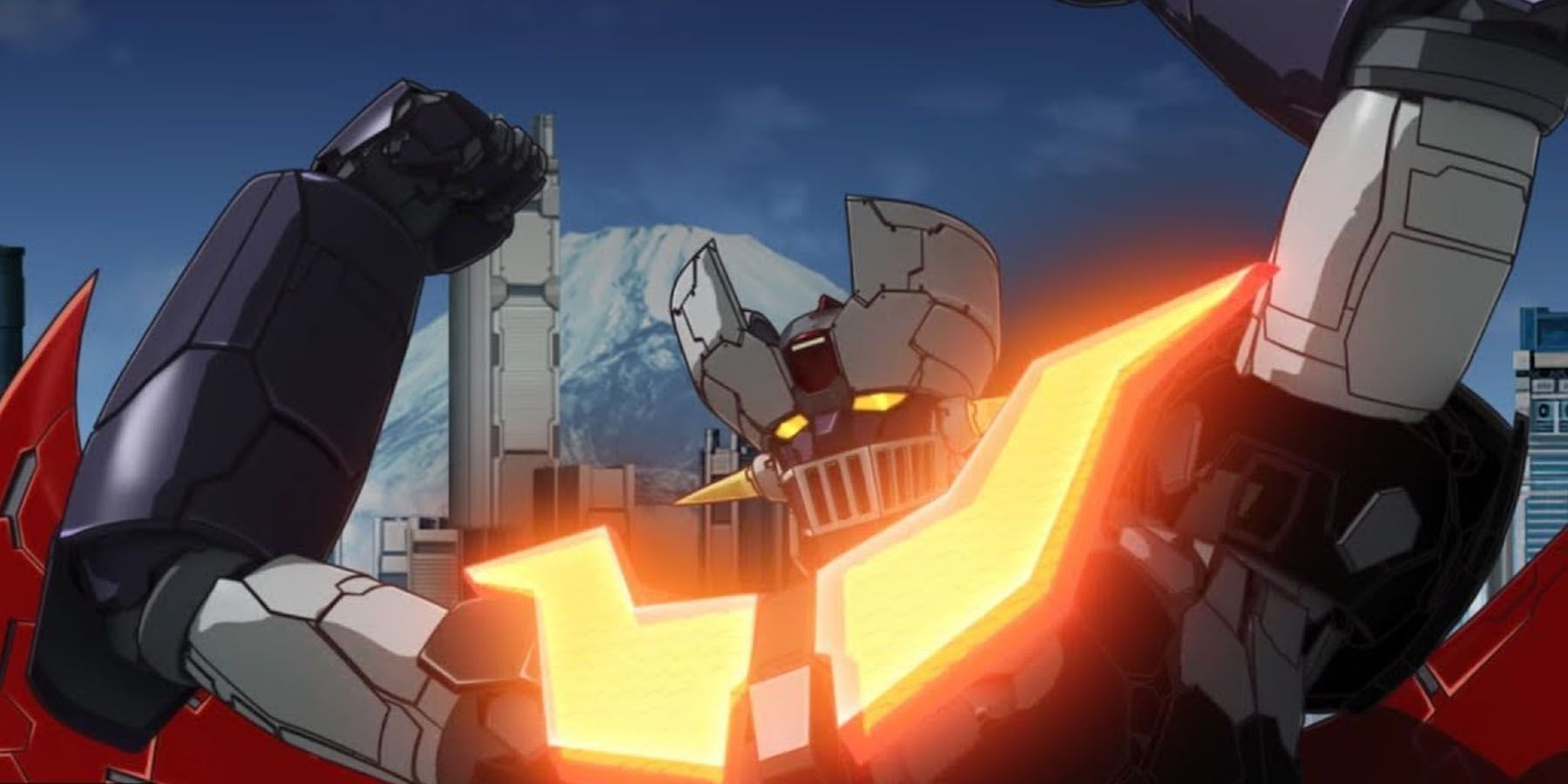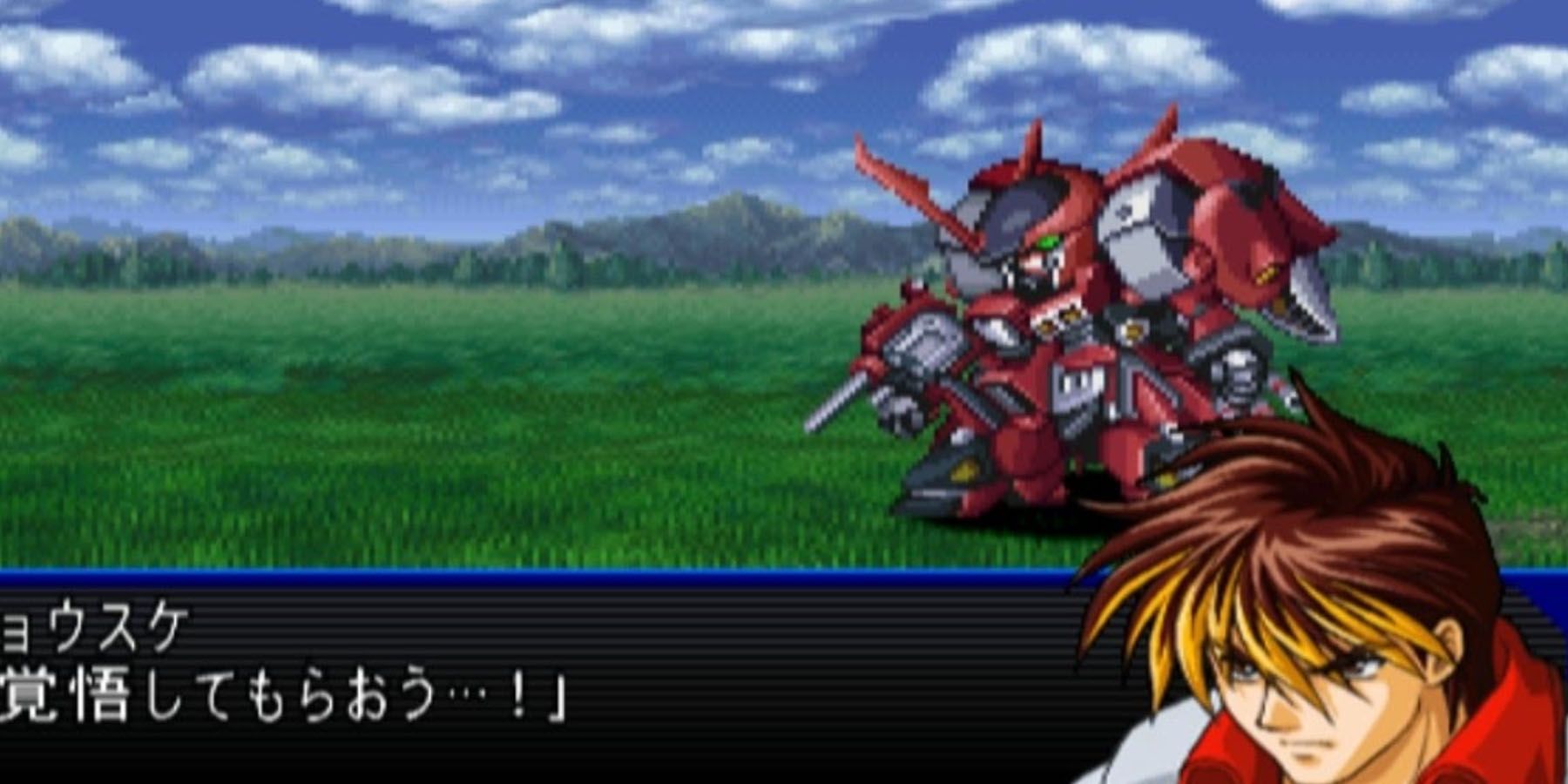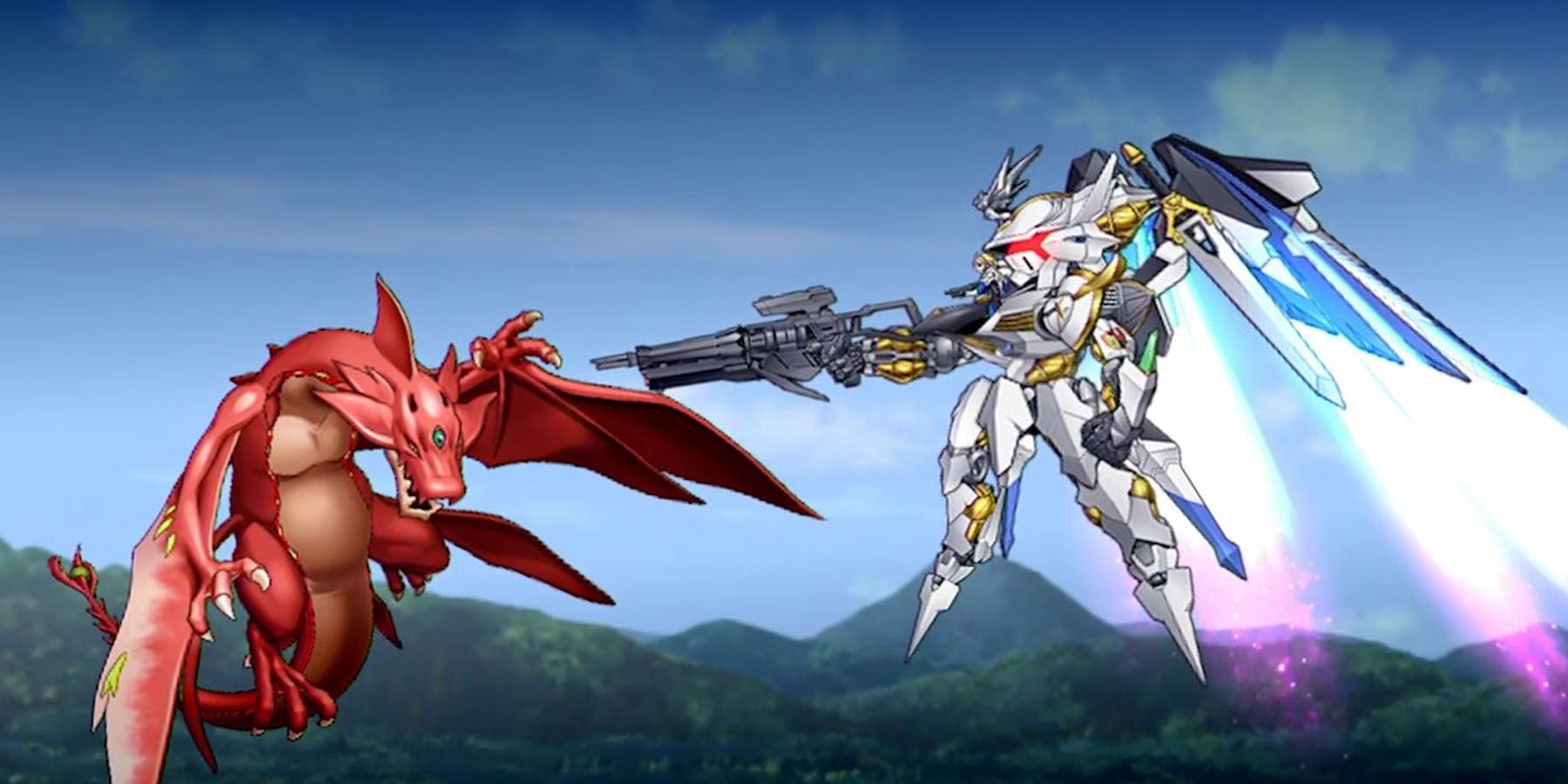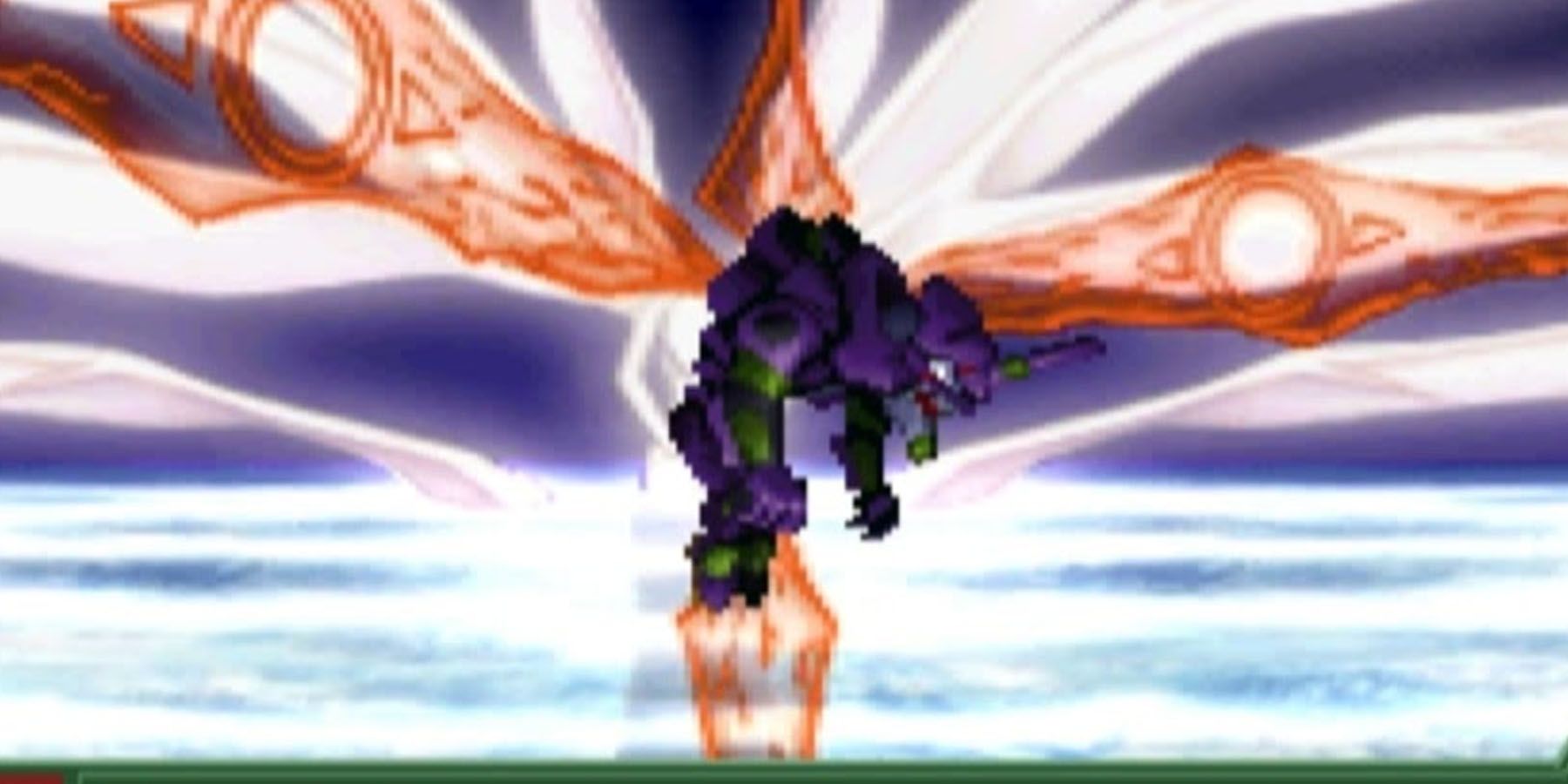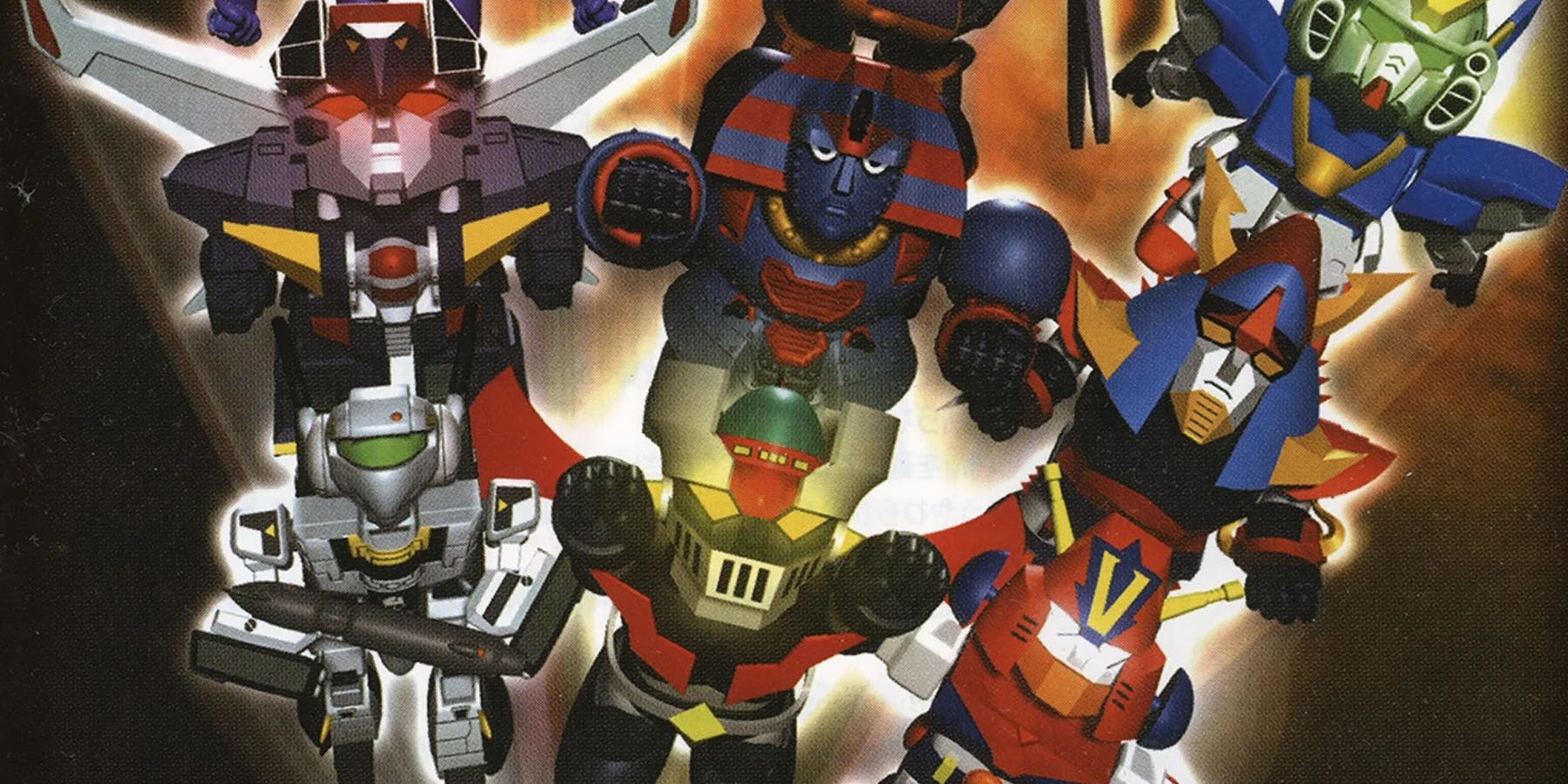The term “Super Robot” is commonly used to describe mecha that star in their respective series, with the tactical RPG Super Robot Wars bringing in the biggest and brightest stars of the Super Robot genre into the fold in a grand crossover story. Most Super Robot Wars titles often have standalone stories of their own, while others try to explore the background plots of the series of their featured robots.
Most robots in Super Robot Wars range from popular mecha series today such as Gundam, Code Geass, and even classics from sets like the “Robot Romance Trilogy,” comprised of Combattler V, Daimos, and Voltes V. With these many franchises and around 50 games across consoles, just what are the best Super Robot Wars games?
10 Super Robot Wars X (2018)
Platforms: PlayStation 4, PlayStation Vita, Nintendo Switch
Set in the realm of Al-Warth, Super Robot Wars X stars ordinary youngster Wataru after he’s whisked off from Earth into this mysterious realm where robots and magic coexist. Interestingly enough, X does mark some of the more unique aspects of the series in terms of both aesthetic and story approach. With the Super Robot Wars entry debuting Mashin Hero Wataru as its main mecha, the game has Wataru and his rather goofy attitude infect the other franchises included in the series.
This more humorous and child-like aspect of the game makes for a more light-hearted take in the franchise. However, its gameplay mechanics remain rather tactically immersive, like the rest of the series. Players still command a squadron of mecha, each with their own unique skills and abilities. Combined with the more light-hearted premise, X is easily one of the best entries of the franchise to fit a younger audience - and possibly a great introductory series to the franchise.
9 Super Robot Wars MX (2005)
Platforms: PlayStation 2
Released for the PlayStation 2, it’s Super Robot Wars MX that tries introducing some of the more bizarre elements of a Super Robot Wars series game to date. Most important would probably be the removal of the option to choose which “Banpresto” protagonist they would want to use, as the game instead allows players to use both original characters with the option of choosing the mythical super robot Garmaid or the more “realistic” real robot Cerberus.
Another interesting change to MX is how the Gundam series featured there aren’t necessarily involved in the major story at all - except perhaps G Gundam which the game canon states occurs just before the main events. Aside from this, the game’s Free Route system allows players to pursue scenarios as they wish, potentially altering the way events are perceived and even getting rare rewards. These changes alone make MX quite an exciting departure form the franchise, especially considering its console generation.
8 Super Robot Wars W (2007)
Platforms: Nintendo DS
Set in Space Calendar (SC) 99, Kazuma Ardygun and his family of “trailers” are on a mission to escort Quatre Raberba Winner and Duo Maxwell to Earth, only to be trapped in the middle of a crossfire that would have them fight for the safety not just of the planet but the entire Earth Sphere. Aside from the threat of looming war between the New United Nations, there are conflicts between the Coordinators and Naturals, as well as invaders in the form of the Radam.
What sets W apart from its contemporaries are the slate of features introduced in the system. Aside from being able to “slot in” a SRW game from the GBA to get awards and knick-knacks, the game makes use of the DS’s dual screen system to show both the battlefield and the player’s corresponding stats in combat. Added in the game are Combo Attacks from previous games, as well as Support Requests that allow reserve units to attack. Most interestingly, W is split in two timelines as well, allowing some franchises to continue in various sequels.
7 Super Robot Wars: Original Generation 1 (2006)
Platforms: Game Boy Advance
Despite the limited graphical and processing powers of the Game Boy Advance, Super Robot Wars: Original Generation 1 proves to be one of the most seminal titles in the franchise. Set two centuries after the advent of the Space Era, the game begins in a chaotic Earth after a rogue faction called the Divine Crusaders announced the existence of the alien Aerogaters and their secret Extra-Over Technology, as well as their rebellion against the Earth Federal Government. While this civil war prompted nations to release humanoid mecha called Personal Troopers to protect each other, the looming threat of an Aerogater invasion will spiral Earth’s nations to panic.
While players of Original Generation 1 can pick between two protagonists, both of them not only fight the Divine Crusaders and Aerogaters but also eventually team up with each other on a larger front. This lets players team up with various new mechas and encounter new scenarios. New to this game are options to equip and customize not just weapons on mechs but also pilot skills, allowing players to have a better degree of control over their units.
6 Super Robot Wars: Original Generation 2 (2006)
Platforms: Game Boy Advance
Set six months after the end of the L5 Campaign and the rebellion of the Divine Crusaders, Super Robot Wars: Original Generation 2 will show the Earth Federation Army begin creating new mecha units to protect against aliens as well as the mass-production of their Personal Troopers. However, various remnants of the Divine Crusader continue small skirmishes against the Federation, while a secret force greater than the Aerogates are eyeing yet another invasion amid the chaos.
Despite its simple premise, Original Generation 2 is a far larger game compared to Original Generation 1. There are a total of 40 huge missions, as well as a lot of replay opportunities due to various branching-off points that let players follow factions they’re most interested in. Not only that, the game also features “frames” that allow mecha to not just change appearance but also skill sets they possess. Considering the upgrade in difficulty of the game, the replay value and the continued customization options from the first game make Original Generation 2 quite an interesting experience.
5 Super Robot Wars T (2019)
Platforms: PlayStation 4, Nintendo Switch
More of a standalone title than anything else, Super Robot Wars T is set in an Earth struggling to survive against the failures of expansion towards space. Set inside the VTX Union company, players take on the role of protagonists who work with the company in a bid to develop the next prototype of the Earth Federation’s next-generation armed forces. Thing is, when their Tyranado improves a worthy candidate, the VTX Union is thrust in combat against both terrorists and aliens.
While still possessing the same tactical RPG mechanics as the other games, Super Robot Wars T do introduce new changes to its mechanics. For instance, the new Supporter system allows non-combatants unique commands that can give boosts to units deployed in the game. This does make even the simplest of NPCs more useful, giving players more combat options.
4 Super Robot Wars Impact (2002)
Platforms: PlayStation 2
Perhaps the longest entry in the franchise to ever be created, Super Robot Wars Impact boasts a whopping 99 Stages, alongside two bonus ones depending on the player’s progress. The game follows the story of Kyosuke Nanbu and Excellen Browning as they form teammates to fight not just various factions but also the Einsts, aliens hell-bent on conquering Earth.
While the game does boast the same base mechanics of the usual games, Impact introduces new elements to its system. For instance, the Union Attacks now allow related mecha to have special attacks, and Counter skills allow mecha to avoid or counter enemy attacks right before the land. It’s also Impact that finally allows players to have a certain degree of control over the story, with the Free Order Stage allowing players to choose certain stages to progress.
3 Super Robot Wars V (2017)
Platforms: PlayStation 4, PlayStation Vita, Nintendo Switch, PC
Set in the New Correct Century, Super Robot Wars V follows the story of Soji Murakumo and Chitose Kisaragi as they pilot the VangRay, a mysterious mecha they use to help humanity’s last bastion, the Battleship Yamato, fend off the conquering Gamillas race. And with Earth left devastated in the process, players have to accompany Yamato to the planet called Iscandar to establish a new human colony - but not without encountering mysterious dimensional disturbances in their journey.
While the game boasts the same tactical system of its predecessors, Super Robot Wars V now has a 3D isometric map. The game also includes Skill Routes and Skill Programs, allowing players to fully customize the way pilots work in the game. Gameplay mechanics such as Extra Orders and Extra Actions allow mecha to perform special moves to further accentuate their specializations in combat.
2 Super Robot Wars Alpha 3 (2005)
Platforms: PlayStation 2
Perhaps the largest game in the franchise in terms of mecha inclusions and mechanics, Super Robot Wars Alpha 3 is hailed as one of the games to “truly” encapsulate what it means to be a Super Robot Wars game. Players can choose one of four protagonists in this final entry to the Alpha storyline, where these new pilots are thrust into a war that would either finally usher an era of peace to the planet or completely destroy humanity.
Aside from the game’s usual tactical approach to gameplay, players can assign more complex moves to both primary groups and subordinate groups, as well as fully upgrading mecha to accommodate new stats - forcing players to be on top of their toes with mecha management considering the game’s more difficult AI. And while the game isn’t entirely “too difficult,” the game’s enhanced mechanics force players to think twice not just with mecha upgrades but also their combat approach, making each stage something spectacular to play.
1 Super Robot Wars Alpha (2000)
Platforms: PlayStation
While Super Robot Wars Alpha follows the typical Super Robot Wars formula of protagonists uniting against both terrestrial and alien threats, Alpha is specifically known for its level of depth in the story. Players not only have access to a deep narrative, but also options that lead them to sub-episodes - often having new stories and new characters. It’s this level of freedom that makes Alpha such a great introduction to the franchise, as well as a good “basis” of the elements the next set of Super Robot Wars have acquired as staples to their mechanics.
What perhaps sets Alpha apart from its contemporaries is how it unites the best mechanics of the game as they exist so far. The tactical RPG approach of the franchise is now cemented with a lot more strategic elements, but the game makes it much easier for players to learn them. These allow players to approach the tactical aspect of the RPG with a more creative spin, making even the longer battles in the game quite a lot more interesting thanks to player involvement.

